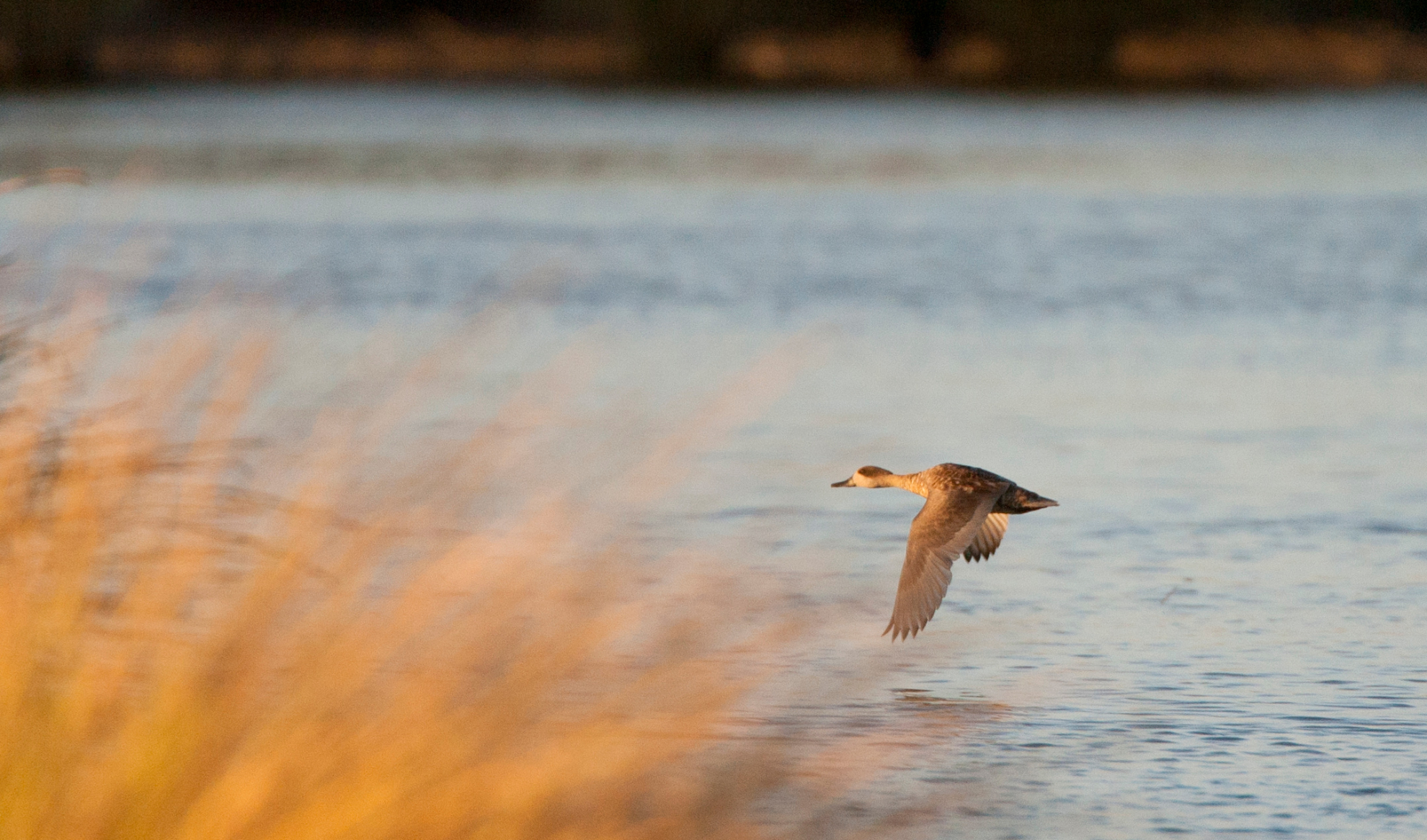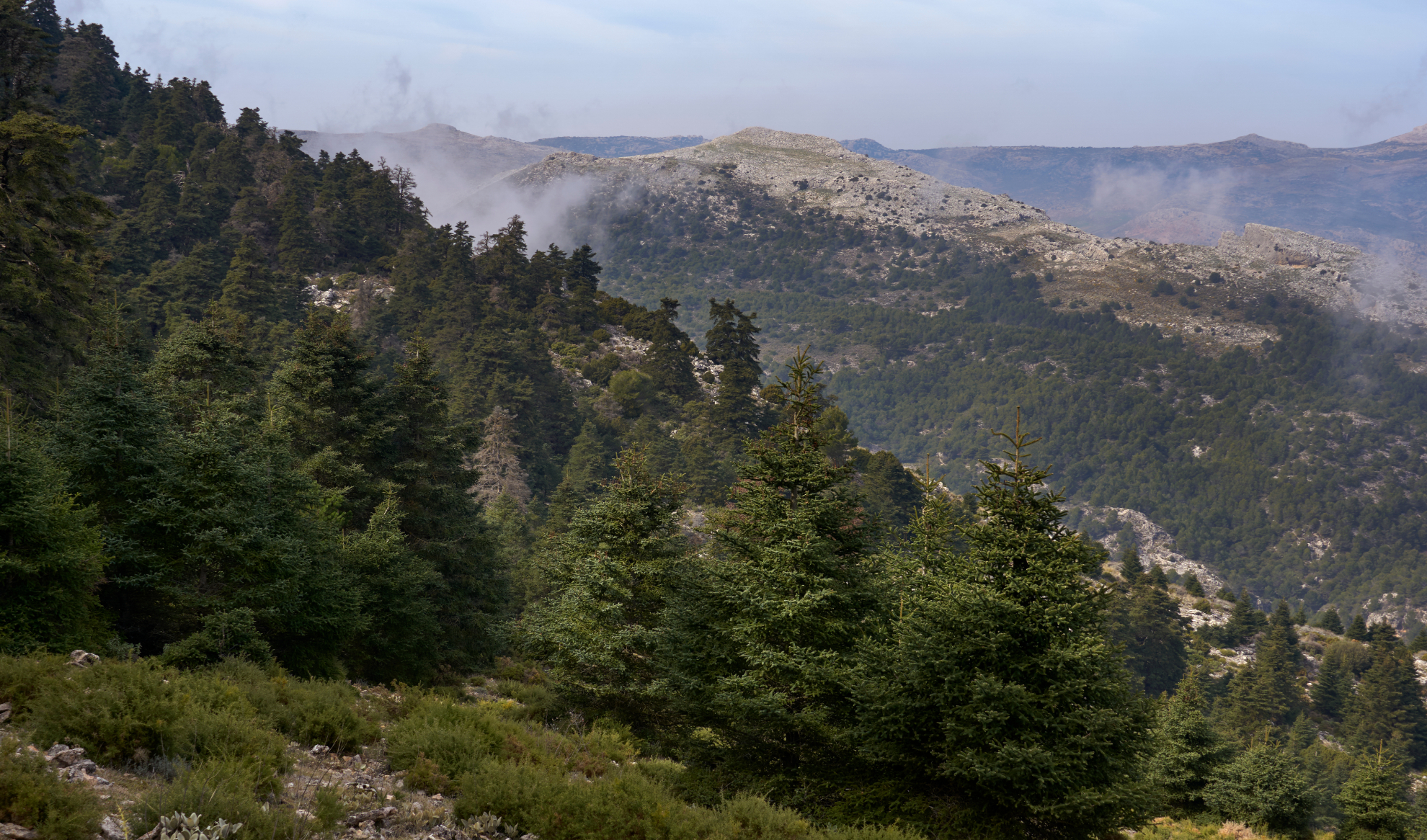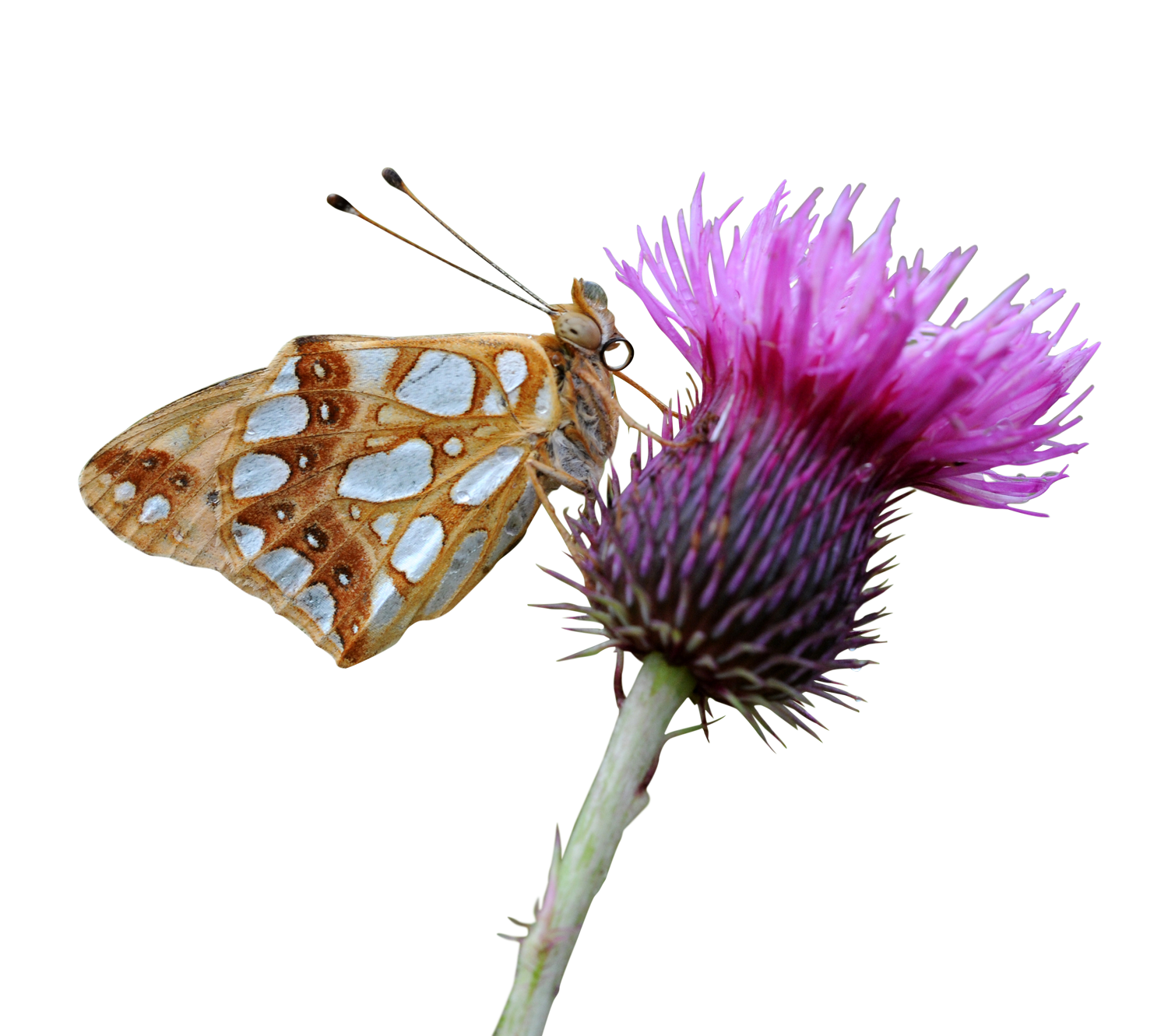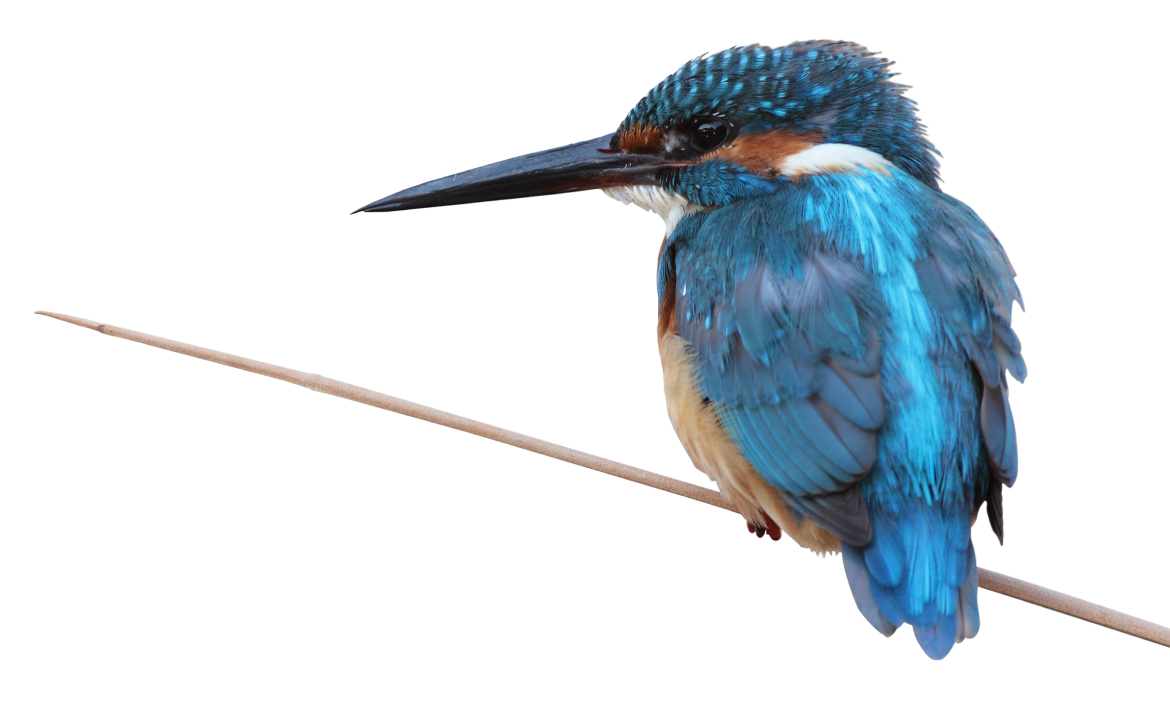
Reversing biodiversity loss to build a sustainable future.
We work to promote a change of the socioeconomic model that takes into account the services provided by nature and the importance of preserving them. For this reason, the Foundation promotes actions on several fronts at the same time. We work in the conservation and restoration of ecosystems, in the promotion of the sustainable use of natural resources and in the fight against the causes of biodiversity loss.
We also work on the conservation and restoration of ecosystems, in the promotion of the sustainable use of natural resources and in the fight against the causes of biodiversity loss.
Furthermore, we act in all territories, natural, rural and urban, reinforcing the role of nature and the services it provides.
We work together with our partners in the conservation and restoration of ecosystems, promoting the sustainable use of natural resources and combating the causes of biodiversity loss.
We operate together with academia, public and private sectors, civil society, and society as a whole. With academia and scientific institutions, to encourage biodiversity management decisions are based on the best available knowledge. With the private sector, for its key role in the ecological transition, not only as part of the problem, but also as a provider of solutions. With civil society, as agents of change, and with society at large, to maximize the benefits and opportunities of a just ecological transition.
With civil society, as agents of change, and with society in general, to maximize the benefits and opportunities of a just ecological transition.
We support compliance with international commitments about biodiversity and the implementation of strategies and programs for the environment, ecological transition and demographic challenge, through transformative, scalable actions with demonstrative value.
For this reason, the Biodiversity Foundation mobilizes and uses different national and European funds to achieve different objectives and beneficiaries, taking advantage of the added value each them provides.

When we talk about biodiversity, we talk about nature, but they are not exactly the same. The most widespread definition of biodiversity is found in the Convention on Biological Diversity, which defines it as "the variability of living organisms, including terrestrial and marine ecosystems and other aquatic systems and the ecological complexes of which they are part; this includes diversity within species, between species and of ecosystems."
It covers, therefore, the enormous variety of forms in which life is organized and includes all the species that inhabit the planet, be they animals, plants, viruses or bacteria, the genetic differences within each species (for example, between different varieties of plants or in animal breeds), the spaces or ecosystems of which they form part and the multiple interactions that take place between these species (humans, plants, animals) and their environment (water, air, soil...).
Nature is all the existing systems created at the same time as the Earth, and includes the living components (biodiversity), along with the inanimate components (geology, water, climate) that are also part of it.
The goods and services provided by healthy ecosystems are the foundation on which societies are built. Biodiversity provides us with food, medicines, raw materials, resources and energy, which help ensure the survival of humans, animals and plants. It also provides us with services that we cannot do without, such as the regulation of air quality and climate, water purification, pollination or the control of natural disasters such as floods, among others. We therefore depend on nature to develop the economy and especially for our well-being and our health.
In turn, the balance of the planet depends on the health of ecosystems and these, have their reason for being in biodiversity, since the groups of plants, fungi, animals, microorganisms, etc., together with the environment that surrounds them, interact as a functional unit. Biodiversity therefore functions as an integrated network. If any of its parts suffers damage, the whole system suffers, including human beings. If we continue to damage the health of ecosystems, there will come a time when we will not be able to access ecosystem services as important to us as drinking water or clean air. Caring for and respecting biodiversity means taking care of ourselves. Healthy biodiversity leads to healthy ecosystems, which guarantees the balance of the planet and the prosperity, health and well-being of humanity.

The Natura 2000 Network is the largest network of protected areas in the world and the main tool for biodiversity conservation in Europe. With nearly 27,000 natural areas (equivalent to one fifth of the surface area of the European Union), the Natura 2000 Network ensures the long-term survival of the most vulnerable species and habitats in Europe and helps to halt the loss of biodiversity, one of the greatest threats to European ecosystems.
To reverse this situation, Spain has pledged to make further progress in the protection and effective management of at least 30% of our land and marine area by 2030, to contribute to the protection of biodiversity and address the effects of climate change.
Spain, in fact, is the country in Europe that contributes most to this network with more than 1,850 sites, which represents 27.8% of its land area and also represents 20% of the total European network. It should be noted that, in the marine area, Spain has 272 sites in the Natura 2000 Network, one of the largest and scientifically best defined in Europe. In addition, Spain is home to 56% of the birds included in the Birds Directive and 32% of the taxa included in the Habitats Directive, and 56% of the habitat types of community interest are present in Spain, including such diverse habitats as posidonia meadows, salt steppes, coastal lagoons and alpine meadows.
The Biodiversity Foundation of the Ministry for Ecological Transition and the Demographic Challenge contributes to the consolidation of the Natura 2000 Network as a key tool for the conservation of biodiversity in Europe through different programs and calls for grants.
The Biodiversity Foundation of the Ministry for Ecological Transition and the Demographic Challenge contributes to the consolidation of the Natura 2000 Network as a key tool for the conservation of biodiversity in Europe through different programs and calls for grants.
Thus, the LIFE INTEMARES project contributes to the integrated, innovative and participative management of protected marine areas and advances towards the fulfillment of international marine protection commitments, based on the availability of rigorous scientific information and the participation of the sectors involved. Among its pillars are research, conservation, governance, awareness, as well as the training of agents involved in the effective management of the Natura 2000 Network, which has been strengthened this year.
The Biodiversity Foundation also works in Natura 2000 Network areas to ensure the conservation of endangered species. It coordinates the LIFE Cerceta Pardilla, which aims to improve the conservation status of 3,000 hectares of wetlands to reverse the risk of extinction of the most endangered duck in Europe, in a critical situation in Spain.
Furthermore, with the aim of facilitating the adaptation of the Cantabrian bear to climate change, it participates in the LIFE Bears with a future project, with actions in eight areas of the Natura 2000 Network in the Cantabrian Mountains. The project has begun work to carry out plantations of native fruit-producing trees and shrubs, habitat restoration actions, research studies and awareness-raising actions aimed at groups that carry out activities in the bear mountains.
Among the species included in the Habitat Directive and located in Natura 2000 Network areas, there are also endangered cetaceans such as the porpoise and the bottlenose and common dolphins, which are the object of protection in the CetAMBICion project. This initiative, which involves 15 partners from Spain, Portugal and France, aims to reduce the accidental capture of cetaceans in the Bay of Biscay subregion and the Iberian coast.
Finally, the Biodiversity Foundation participates in the LIFE ECOREST project, which acts on the coast of Girona and Barcelona, where Natura 2000 Network areas such as Cap de Creus are located. This area is considered a point of great ecological importance due to the high concentration of threatened species, including corals, gorgonians and sponges. The LIFE ECOREST project is expected to restore about 30,000 hectares of deep marine habitats.
In addition, the Biodiversity Foundation has supported through different calls for aid more than 150 projects working in Natura 2000 Network areas in Spain, mainly aimed at the conservation of species and habitats within these protected areas, with an endowment of more than 7.2 million euros.

















